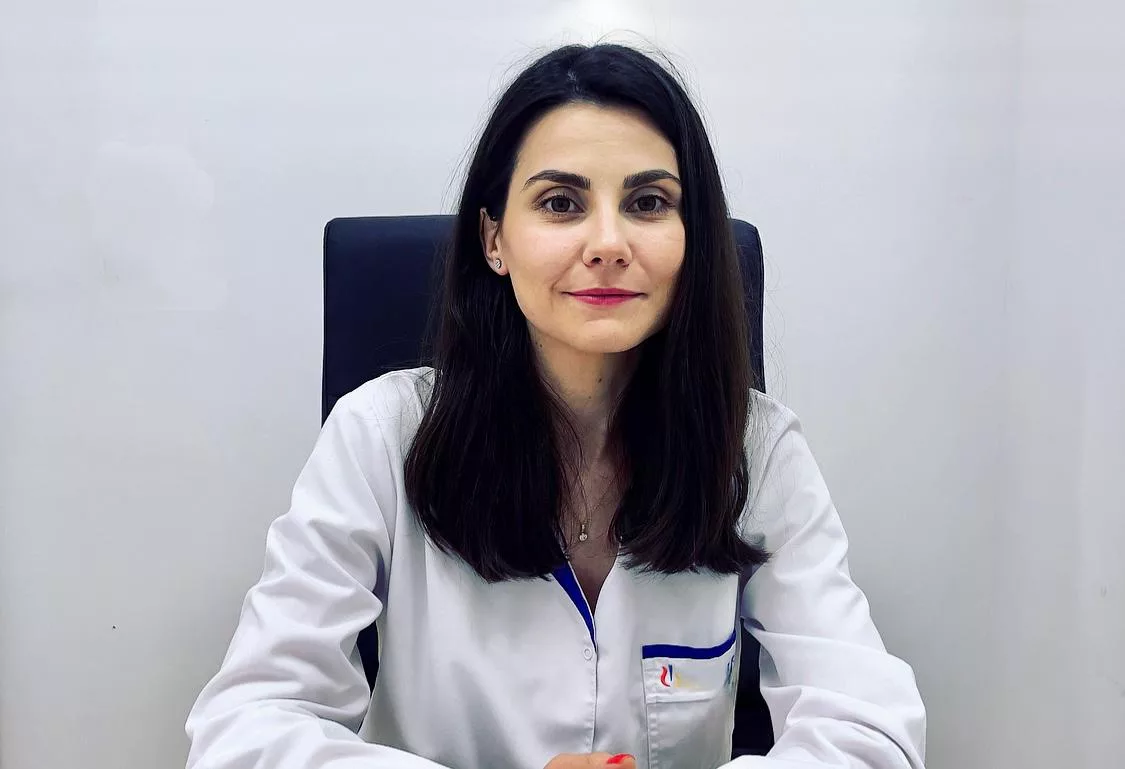More than 10,000 Romanians die annually from lung cancer, which ranks second in incidence in our country, after colorectal cancer. However, Romania does not currently have a screening program for broncho-pulmonary cancer. A pilot program would be expected to start only in 2025. Meanwhile, 75% of lung cancers are diagnosed late, because the disease is often not betrayed by symptoms in the early stages. Broncho-pulmonary cancer has the highest incidence and mortality worldwide.
Every year, on August 1st, the International Day to Fight Lung Cancer is marked. The purpose of this symbolic day is to increase the level of awareness regarding this condition and to contribute, by informing the public, to prevention.
85% of patients with bronchopulmonary cancer are smokers
The World Day dedicated to this type of cancer is intended to raise an alarm among smokers, in particular, those most at risk of developing the disease. Almost 9 out of 10 lung cancer patients are smokers. After quitting smoking, the risk of developing the disease decreases progressively, reports Dr. Adriana Cotoi, oncologist. In an interview with GdS, she talks about the particularities of broncho-pulmonary cancer, the risk factors and the main signs of the onset of this condition.
Gds: What is bronchopulmonary cancer and when does it occur?
Dr. Adriana Cotoi: Broncho-pulmonary cancer is the malignancy that develops in the lungs and occurs when abnormal cells in the lungs divide uncontrollably and gain the ability to spread far away. From the histopathological point of view, lung cancers are divided into 2 types: non-small cell lung cancer and microcellular (small cell) lung cancer. Non-small cell lung cancers are the most common and are further divided into adenocarcinomas, squamous cell carcinomas and large cell carcinomas. Apart from these histopathological types, there are other rarer histopathological types of non-small cell lung cancer.
Gds: What other risk factors besides smoking are associated with this type of cancer?
Dr. Adrian Cotoi: Smoking is the main risk factor incriminated in the occurrence of lung cancer, over 85% of lung cancer patients being smokers. Exposure to secondhand smoke is also a risk factor.
Among the factors associated with the appearance of this type of cancer are exposure to certain chemical substances with radioactive properties, exposure to asbestos, arsenic, chromium, nickel, air pollution. Patients who have a history of chest radiation therapy or a family history of lung cancer are also at higher risk. Alcohol consumption, age over 65, and some chronic lung conditions, such as chronic obstructive pulmonary disease or pulmonary fibrosis, are also risk factors.
GdS: What are the main symptoms that appear in bronchopulmonary cancer?
Dr. Adriana Cotoi: In the early stages, bronchopulmonary cancer is asymptomatic. This is also the reason why, in the vast majority of cases, it is a late diagnosis, in inoperable stages.
One of the symptoms is a persistent cough or – beware – a change in the character of the cough, a symptom often considered normal and ignored by smokers.
Alarm symptoms: BREATHE
Alarm symptoms, which should send the patient to the doctor, have been abbreviated to “BREATHE”:
B (blood) – cough with blood, R (recurrent) – recurrent respiratory infections, E (endurring) – persistent cough, A (ache) – chest pain, T (trouble breathing) – difficulty in breathing, H (hoarseness) – hoarseness and E (exhaustion) – exhaustion.
GdS: How do you get a lung cancer diagnosis?
Dr. Adriana Cotoi: The diagnosis of broncho-pulmonary cancer is established following the corroboration of the data obtained from the anamnesis, objective examination, laboratory and imaging investigations. And the diagnosis of certainty is established by the histopathological result.
Depending on the size of the tumor, the status of the lymph nodes and the presence or absence of distant metastases, lung cancer has 4 stages. Stage 0 is the early stage, of carcinoma in situ, and stage IV is the most advanced stage, the metastatic stage, when the tumor has spread to the other lung or to other distant organs.
GdS: What options are there at this time for the treatment of lung cancer?
Dr. Adriana Cotoi: Broncho-pulmonary cancer treatment is multimodal. It is established both according to the stage of the disease and according to the performance status of the patient. Ideally, treatment should be determined by a multidisciplinary team. This may include surgery, radiotherapy, chemotherapy, molecularly targeted therapies, immunotherapy.
GdS: How can we reduce the risk of developing broncho-pulmonary cancer?
Dr. Adriana Cotoi: As smoking is the main risk factor incriminated in the occurrence of broncho-pulmonary cancer, giving up this habit is the main method of lung cancer prevention. The risk, in the case of smokers, of developing lung cancer is cumulative. So the risk of getting cancer increases with the number of cigarettes smoked daily and with the duration of time. If you quit smoking, the risk of lung cancer decreases. It becomes equal to that of a non-smoker approximately 10-15 years after stopping smoking.
Consumption of raw fruits and vegetables, reduction of alcohol consumption, sustained physical activity also contribute to reducing the risk of developing lung cancer.
GdS: What are the specialist recommendations regarding lung cancer screening?
Dr. Adriana Cotoi: According to international cancer guidelines, lung cancer screening is recommended for people over 50 years of age, who have smoked ≥20 pack-years, by performing low-dose computed tomography of the chest (low-dose CT). The quantitative evaluation of tobacco consumption is carried out by means of the Package-Year (PA):
1 PA = no. of packs of cigarettes smoked/day x no. years of smoking.
Read also: Screening for newborns, almost non-existent in Romania
2023-08-01 02:20:00
#World #Lung #Cancer #Day #risk #cancer #decreases #quitting #smoking

